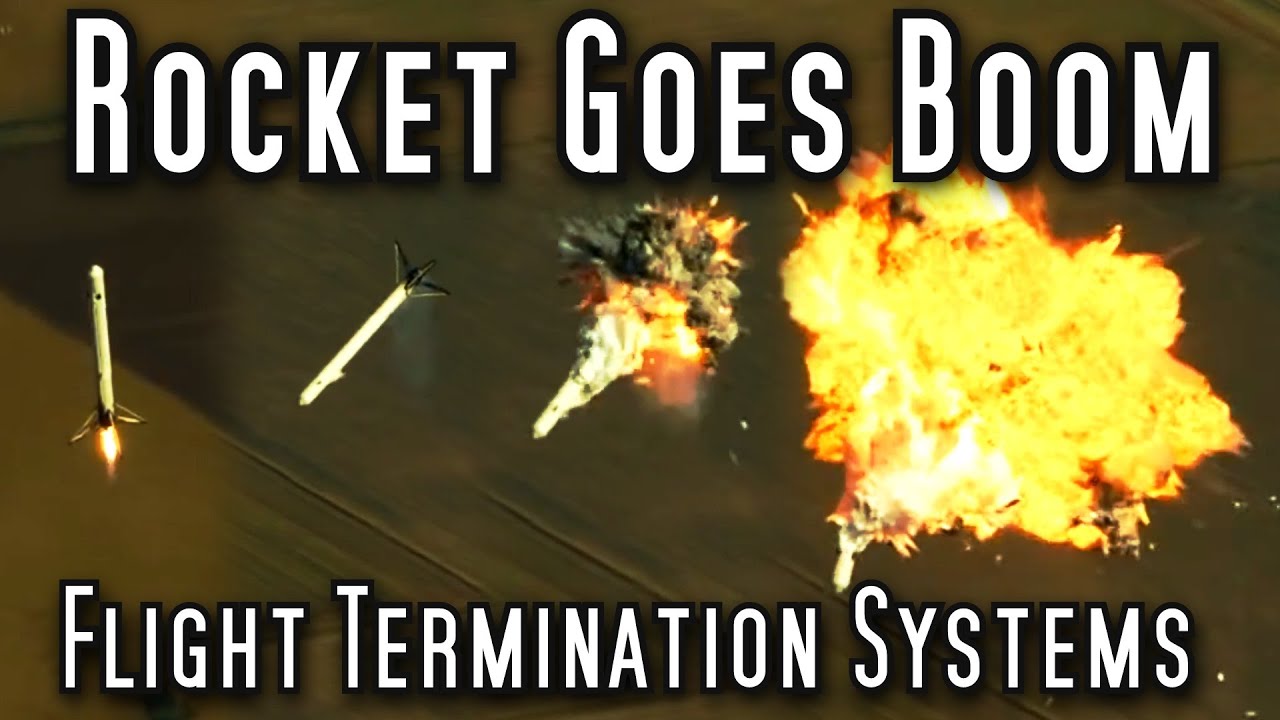From the early days of rocketry, it became clear that when things did not go as planned, the consequences, and wreckage, could end up far from the launch site and often in highly undesirable locations whose inhabitants may not appreciate the humour in flaming debris raining down upon them from the sky. In 1947, a modified German V-2 launched from White Sands Missile Range in the U.S. as part of the Hermes II project came down near Juarez, Mexico, provoking something of an international incident.
It was evident that simply testing and launching rockets from remote and unpopulated sites was not enough—it was also required to guarantee that whatever happened after the button was pushed was confined to the range authorised for the test. This led to the creation of the post of “range safety officer” (RSO) and the installation of systems on rockets, originally called self-destruct packages and later the more refined term “Flight Termination System” (FTS). A typical FTS will shut off the rocket engines of a vehicle (if possible: solid rocket boosters cannot be turned off once fired), send a signal to payloads such as crewed capsules to trigger their launch escape systems, and rip open the tanks of the launcher to disperse the propellants. Solid rocket boosters are generally split open by linear shaped charges which release the pressure providing rocket thrust and allow the propellant to burn out. The design of these systems depends upon the details of the vehicle: the Saturn V launcher for the Apollo program could, for example, simply shut off its engines and fall into the ocean, only ripping open the tanks (“propellant dispersal”) if in a portion of its trajectory where that was deemed necessary to protect assets below.
Flight Termination Systems are designed to be the most reliable components of a rocket. The consequences of the system’s failing to destroy a wayward rocket or accidentally triggering and destroying a perfectly good rocket, either in flight or on the ground, are dire and unacceptable. Consequently FTS hardware is designed to operate completely independently of the rocket’s systems and with total redundancy of all components and control paths.
For decades, FTS has been triggered manually by a range safety officer when the rocket’s trajectory exceeded pre-defined “destruct lines” delimiting the safe launch corridor. Increasingly, rockets have adopted autonomous flight safety systems (AFSS) where an independent computer and navigation system on-board the rocket monitors the flight path and triggers flight termination if limits are exceeded. Since 2020, SpaceX Falcon 9, Rocket Lab Electron, and Arianespace Ariane 5 launchers have flown with AFSS, although some flights also retained manual back-up to trigger FTS. Launches to polar orbit from Cape Canaveral require AFSS, since the trajectory would cause the rocket’s exhaust plume to interfere with reception of an FTS activation signal from the ground and dropping a rocket on Cuba would not be welcomed by the inmates of that prison island.
